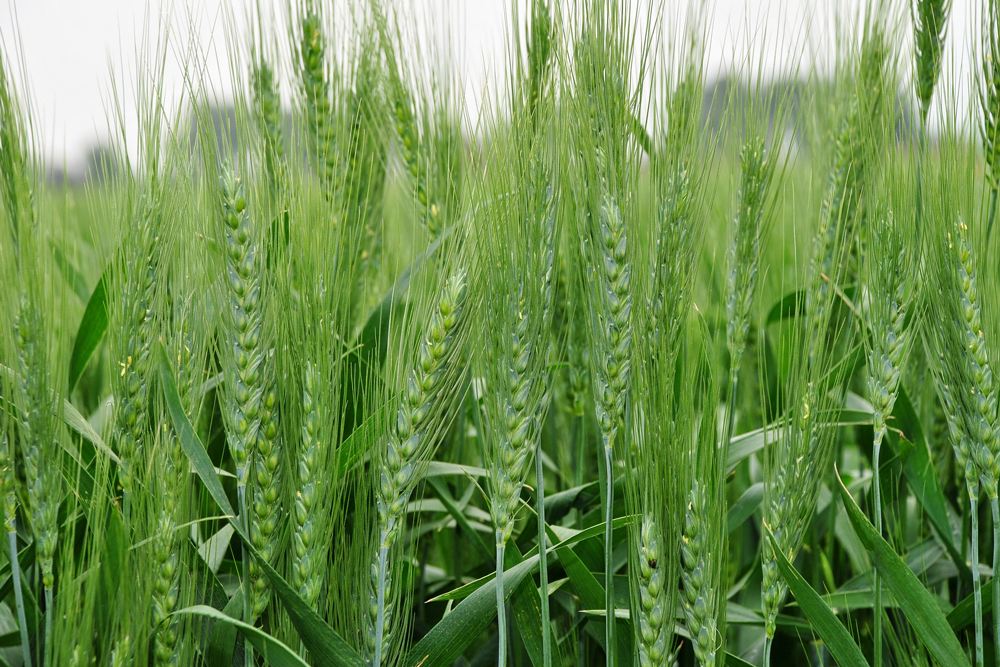Hamid Reza Mobasser, Ghorban Noor Mohammadi, Hossein Heidari Sharif Abad, Khashayar Rigi
Department of Agronomy, Islamic Azad University, Zahedan Branch, Zahedan, Iran
Department of Agronomy, Science and Research Branch, Islamic Azad University, Tehran, Iran
Key words: yield, harvest index, wheat, water deficiency.
 Abstract
Abstract
Wheat (Triticum aestivum L.) is one of the most important food resources. This plant is cultivated in a wide range in agricultural land of the world. To determine the effects of water deficiency in different final growth stages of two wheat cultivars (Chamran and Kavir) accompany with application of various elements such as potassium (K), zinc (Zn) and copper (Cu) on yield production, harvest index (HI), concentration of nitrogen (N) and other elements in grain were investigated under weather condition of Sistan. The experiment was carried out as Completely Randomized Block under spilt – spilt plot design with three replicates, on loomy fine sand soil during 2001-2002 and 2002- 2003 growth season at the Research Center Institute of Zabol, Zahak. The results of this study highlight that the respond of grain yields (GY), biological yield (BY), harvest index (HI were analyzed. Halted water at 10.5-1, fix scale decreased BY, GY and HI at statistically significant level (p>0.01). But the Chamran produced more BY, GY than Kavir wheat cultivar.
Get the original articles in Source: Volume 5, Number 1, July 2014 – JBES
Journal Name: Journal of Biodiversity and Environmental Sciences (JBES)
Published By: International Network for Natural Sciences
Relative Post: Length-weight relationships Carsobarbus luteus (Heckel 1843) from Karoon River, Iran – JBES
